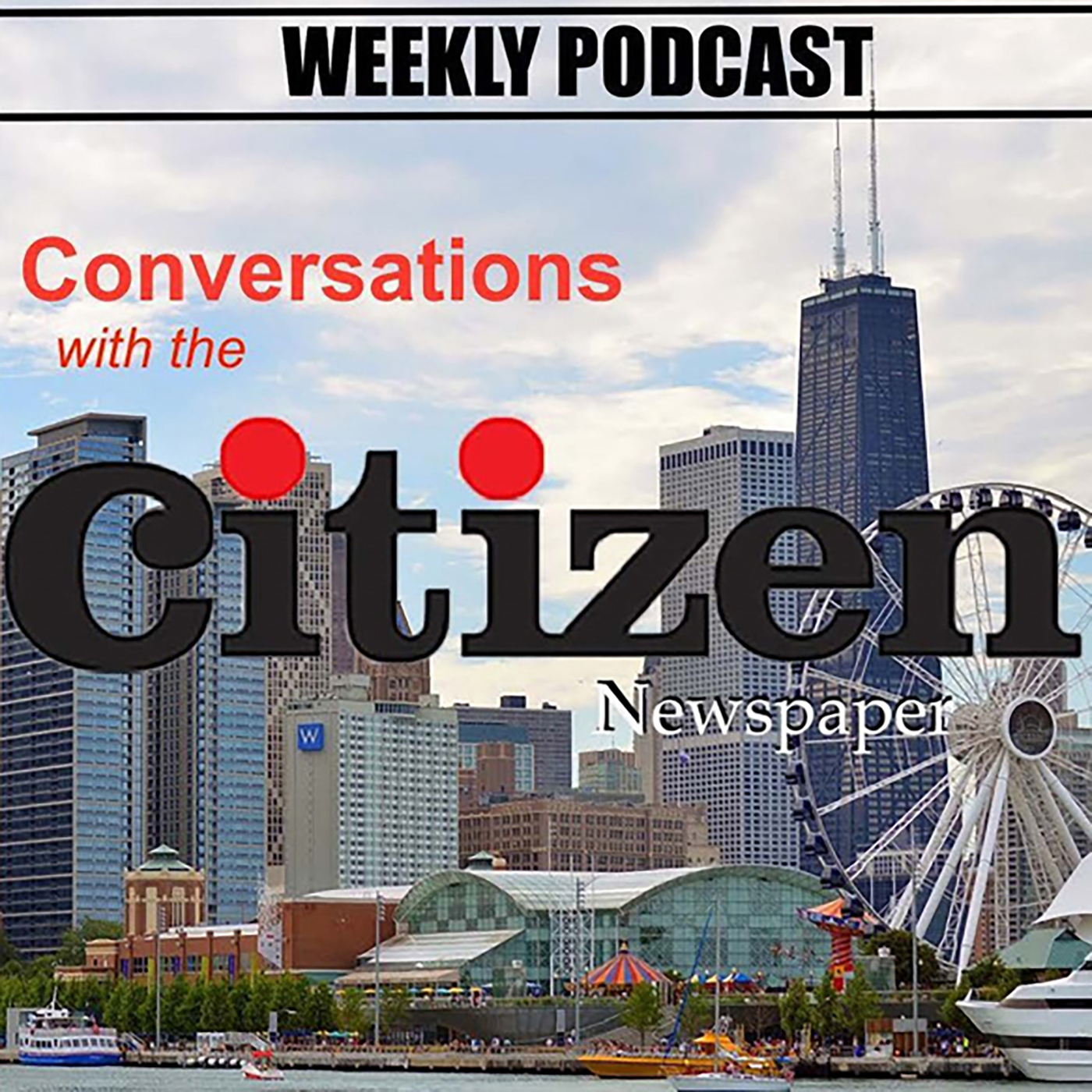New Report on Youth Joblessness Highlights Statewide Crisis for Employers
New Report on Youth Joblessness Highlights Statewide Crisis for Employers
With a well-documented story of critical labor shortages across the country and especially in the Midwest, a new report focuses on the tens of thousands of young people in Illinois, not just young Black and Hispanic males in the state’s inner cities metropolitan areas, but also white youths in the state’s rural western and southern areas, who are out of school and out of work, and who, with an adequate investment of public funds, have the potential to fill those vacant positions.
The report, Industrial Restructuring and the Continuing Impact on Youth Employment in Illinois, which breaks down in detail out-of-work and out-of-school and out-of-work numbers for Illinois young people ages 16-24, was released at a May 14 news conference. Researched and written by the Great Cities Institute at the University of Illinois at Chicago (GCI), it is the latest in a series of studies commissioned by the Alternative Schools Network (ASN) and the first to drill down into the situation young people, not just those in metropolitan Chicago but across the state, are experiencing as they search for ways to support themselves.
The report finds the tragic and continuing repression of African-American communities that leaves young black males worse off than all of their contemporaries, even though their employment situation in Chicago and Cook County has improved in the last couple of years. And, as roiling policy debates over immigration occur, the situation for Chicago’s young Hispanic or Latino youths, especially females, has gotten worse.
“We have not had a comprehensive youth employment program at the federal level in nearly two decades,” said U.S. Rep. Danny Davis, D-IL-7. “With the economy booming and employers looking for more workers than they can find, now is the time to bring those programs back. It would be a key piece of the anti-violence puzzle in our communities and it would help the economy grow.”
“Although racial disparities continue to be a profound factor, it is also the case that white residents of mid-size cities and rural areas in part of Illinois are severely affected,” the report’s authors say in the conclusion section. “Given the trends that we have described, we are likely to see exacerbated inequality and disparities in wealth, along with the associated social ills, that will extend far into the future if there are not interventions that reverse the trends.”
Latest Stories
- Reminder: Taxes are due December 15, 2025. Pay now to avoid late fees. Struggling financially? Our Payment Plan Calculator is a tool you can use
- TWO GOVERNMENTS TO FORMALIZE HISTORIC PARTNERSHIP IN ADDRESSING MENTAL HEALTH CRISIS DURING THE HOLIDAY SEASON
- Trump's Policies Negatively Target Women
- Assessor Kaegi, South and West Side Community Leaders Urge Legislature to Pass Property Tax Relief, Condemn Board of Review's Large Breaks for Downtown Commercial Properties
- State Farm and The Salvation Army Launch National Donation Drive to Support Families This Holiday Season
Latest Podcast
Stacy Davis Gates
